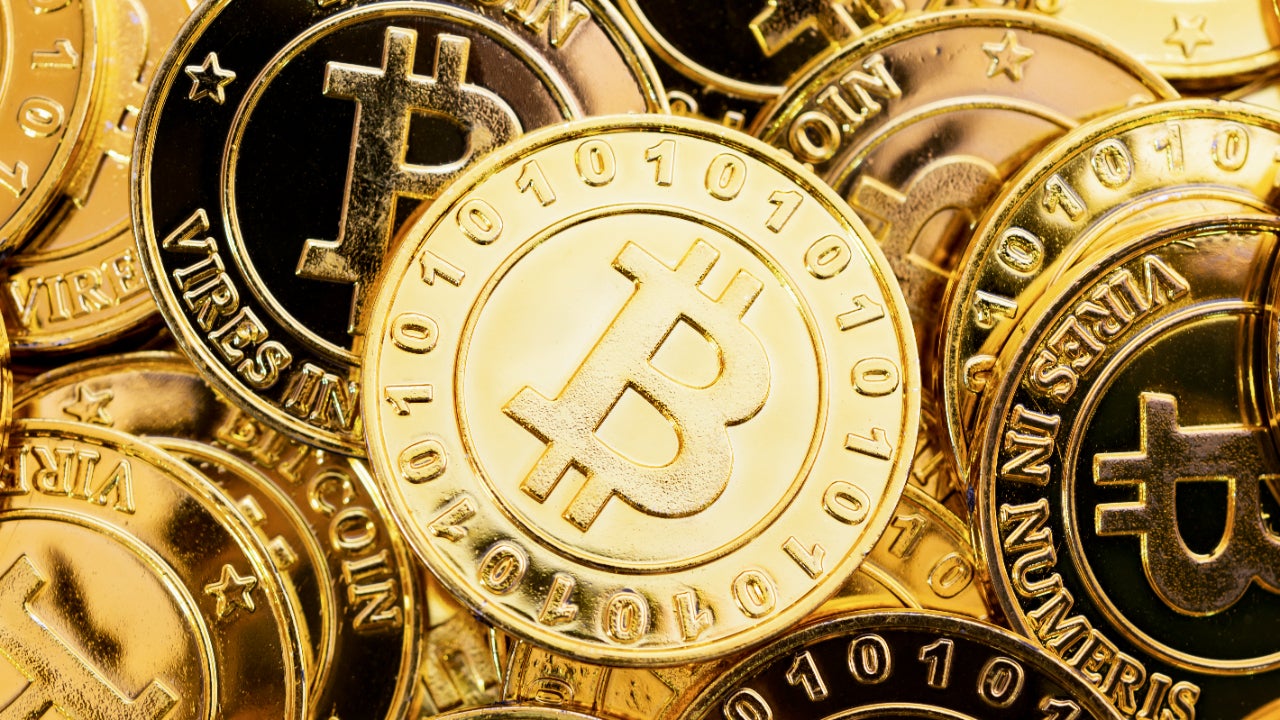Active ETFs: What they are and how they work

Our writers and editors used an in-house natural language generation platform to assist with portions of this article, allowing them to focus on adding information that is uniquely helpful. The article was reviewed, fact-checked and edited by our editorial staff prior to publication.
Exchange-traded funds, or ETFs, are one of the most popular investments because of their low costs, diversification benefits and liquidity. Most ETFs are passive, meaning they track an index such as the S&P 500 or Nasdaq Composite. But actively managed ETFs have burst onto the investment scene in recent years and have attracted interest from investors.
Here’s what you should know about active ETFs.
What is an actively managed ETF?
Active ETFs are managed by professional investors in an attempt to outperform a market index such as the S&P 500. A portfolio manager and a team of research analysts work to identify investments they think will do better or worse than the overall market and then position the fund’s portfolio accordingly.
Historically, actively managed funds have mostly been in the form of mutual funds, but active ETFs have grown in recent years, attracting an annual record of $131 billion in assets in 2023, according to Morningstar. ETFs have certain benefits when compared to mutual funds such as tax efficiencies and trading liquidity.
One reason active ETFs had been slow to catch on until recently was the requirement that ETFs disclose their holdings daily. Fund managers didn’t want to disclose their investment strategies just so other traders or investors could take advantage of their work. But in 2019, the Securities and Exchange Commission adopted a new rule, which allowed for semi-transparent ETFs. These semi-transparent ETFs were not required to disclose their full holdings daily, paving the way for more active ETFs.
Pros and cons of actively managed ETFs
Advantages of active ETFs
- Potential to outperform: The main benefit to invest in active ETFs is because of their potential outperformance. A talented portfolio manager may be able to add value over time by selecting the right investments, but as with any investment, there’s no guarantee that will happen.
- Intraday liquidity: ETFs offer intraday, or within the day, liquidity because they trade on an exchange similar to the way that stocks trade. Mutual funds, on the other hand, can only be bought and sold at the end of each trading day at the fund’s net asset value, or NAV.
- Tax efficiency: ETFs can be more tax efficient than mutual funds because of how shares are bought and sold. When mutual funds are redeemed, the fund may have to sell some investments to meet the redemption, which can create a tax liability for continuing fund shareholders. ETFs are only taxable when you sell the fund for a gain.
- Cheaper than comparable mutual funds: Active ETFs typically have lower expense ratios than actively managed mutual funds.
Disadvantages of active ETFs
- May lag passive ETFs: While the goal of active ETFs is to outperform the overall market, that may not happen in reality. In fact, studies have shown that over time, the vast majority of active managers fail to outperform a passively managed fund.
- Higher fees than passive ETFs: You’ll pay higher fees for active ETFs because of the portfolio manager and research team that tries to identify superior investments for the fund. These fees can be justified if the fund outperforms, but if it lags, you’ll have an underperforming investment that you paid more in fees for – potentially paying more for less.
- Unlimited fund capacity: Unlike mutual funds, ETFs can’t close their doors to new investors, which can create challenges for funds with certain investment strategies. For example, a fund that focuses on small-cap companies could reach a size where it’s too big to buy small-cap stocks, upending its strategy.
Bottom line
Active ETFs are a way to combine the tax efficiency and intraday trading of ETFs with the potential for outperformance that comes with an actively managed fund. To be sure, there is no guarantee active ETFs will outperform a passive alternative. The funds will also come with higher fees than those that track broad market indices like the S&P 500.
Why we ask for feedback Your feedback helps us improve our content and services. It takes less than a minute to complete.
Your responses are anonymous and will only be used for improving our website.






